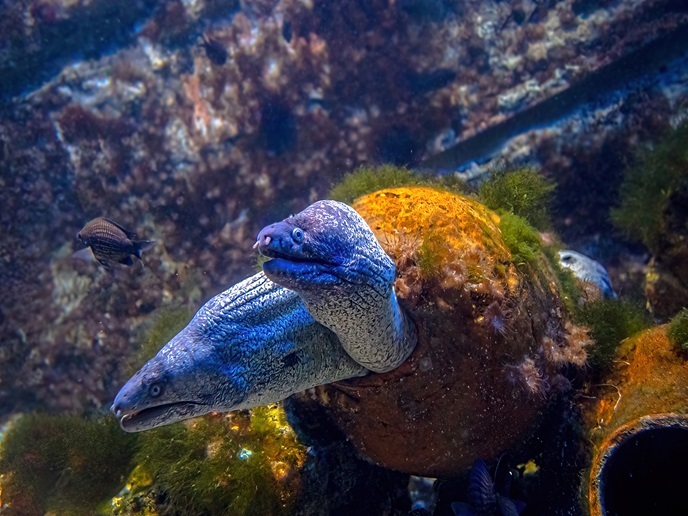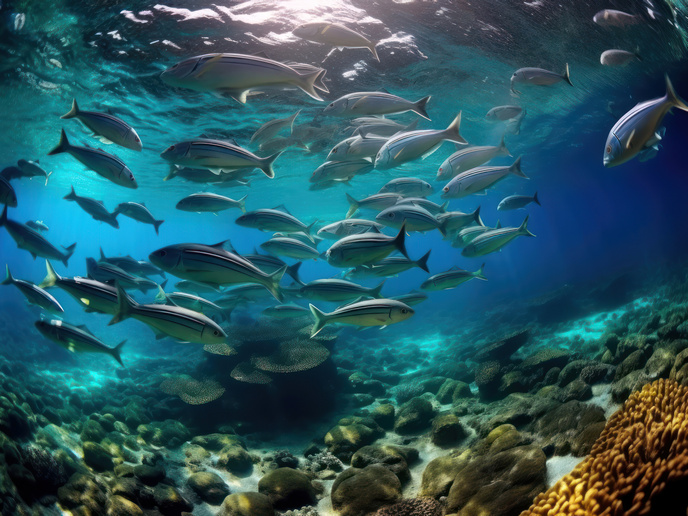Gene editing spawns new insight into coral function
Coral reefs are the most diverse ecosystem on the planet, often referred to as the ‘rainforest of the ocean’. Warming ocean temperatures lead to thermal stress, causing coral to turn completely white. If conditions don’t improve, it is estimated that 70 % to 90 % of this ecologically valuable marine organism will disappear in our lifetimes. With the support of the Marie Skłodowska-Curie Actions programme(opens in new window), the CORALCARE(opens in new window) project employed CRISPR/Cas9(opens in new window) technology to explore how genetic pathways are involved in the response to rising temperatures.
Coral spawning and experimental design
Applying genetic science to coral poses several challenges. Researchers must microinject CRISPR/Cas9 into fertilised eggs under a microscope, a physically demanding process. And since coral species spawn only once a year, scientists have a limited window in which to act. CORALCARE was a collaboration between the French Tropical Marine Ecology of the Pacific and Indian Oceans joint research unit ENTROPIE(opens in new window) and the Australian Institute of Marine Science(opens in new window) (AIMS). Experiments were conducted at the AIMS facility, which houses adult coral colonies maintained in tanks and provides a lab equipped with a microinjection rig and a fluorescence stereoscope for research. When the coral spawned over a nine-day period, releasing several hundred eggs per night, part of the spawn was injected with CRISPR/Cas9 molecules to edit the targeted sacsin gene. The remaining eggs were divided into two control groups: one group was injected with CRISPR reagents but without gene-editing capacity, and the other group was not injected at all. The eggs in the study were reared as larvae, and when they reached the swimming stage, they were subjected to heat stress conditions. For four days, half of each cohort was exposed to temperatures of 34 ℃, while the remaining half was exposed to ambient reef temperature at 27 ℃. Because most coral species spawn in summer, research facilities at AIMS were much in demand. However, CORALCARE achieved a breakthrough with an autumn-spawning species. Marie Skłodowska-Curie Actions fellow Severine Fourdrilis states: “For the first time, we have successfully spawned Acropora subabrolhosensis in captivity in autumn and documented its spawning times. This provides an additional species and additional spawning time for gene editing, accelerating research.”
Targeted genes and the future of chemical editing
CORALCARE used microinjection to target the sacsin gene, furthering our understanding of it. Experiments showed that the gene plays a protective role in response to heat stress in the coral Acropora loripes. “Sacsin-edited larvae that lost the function of the sacsin gene showed higher mortality under heat stress. These results support the role of at least one sacsin gene in the coral larva’s thermotolerance,” Fourdrilis notes. While microinjection is a challenging gene-editing technique, advances in transfection, or chemical injection, offer a more efficient approach. Fourdrilis says: “The project identified and tested promising chemicals for CRISPR transfection. A transporter was identified to successfully carry CRISPR molecules to coral eggs.” Transfection will allow for multiple gene edits at once, rapidly expanding the breadth of scientific research. This development comes none too soon, as a deeper understanding of coral genetics is necessary if we are to protect the world’s reefs for generations to come. Assisted evolution may save coral species, but first scientists must better understand their genetic functions.







